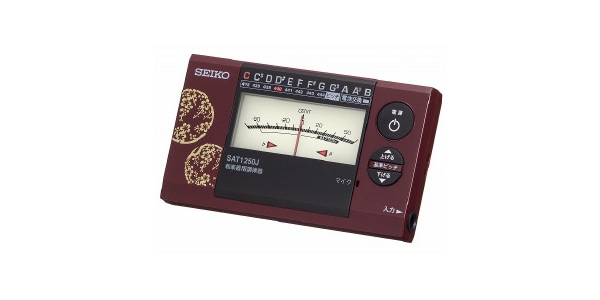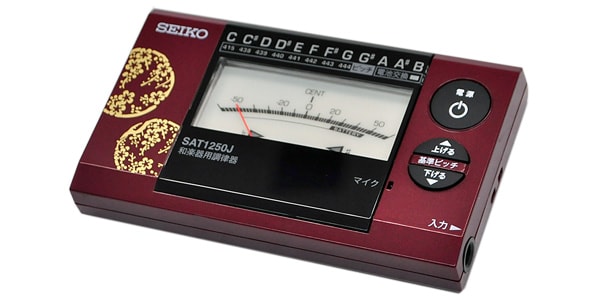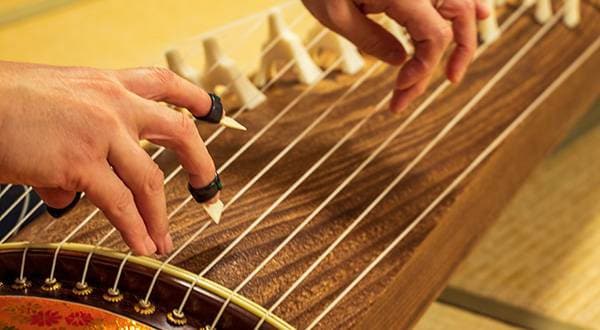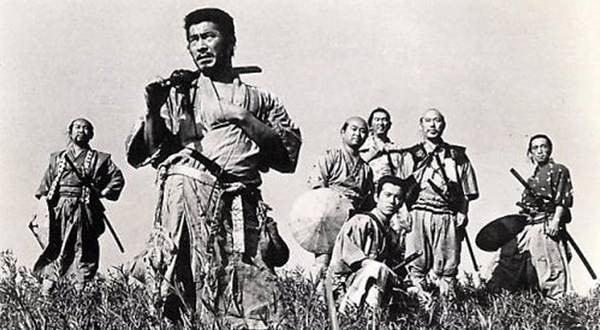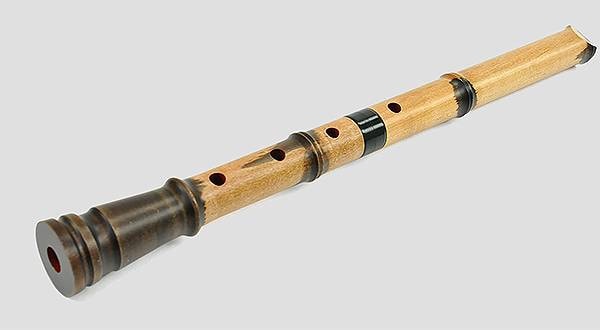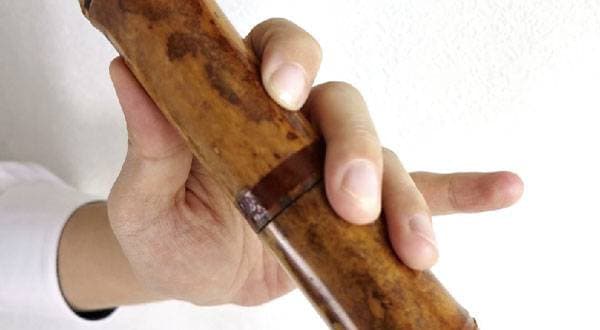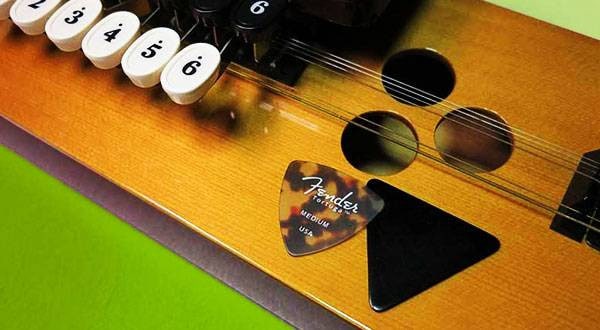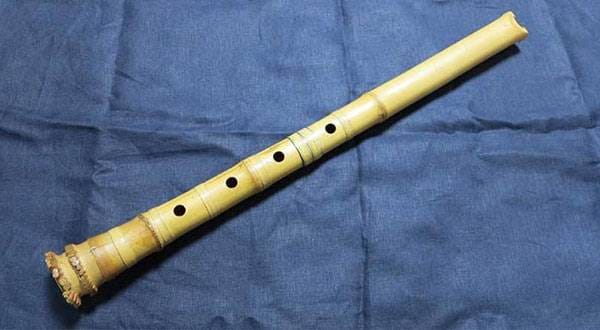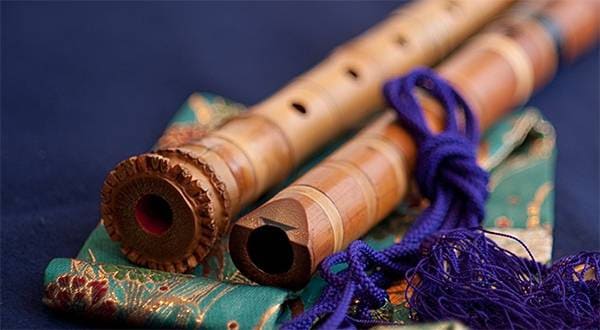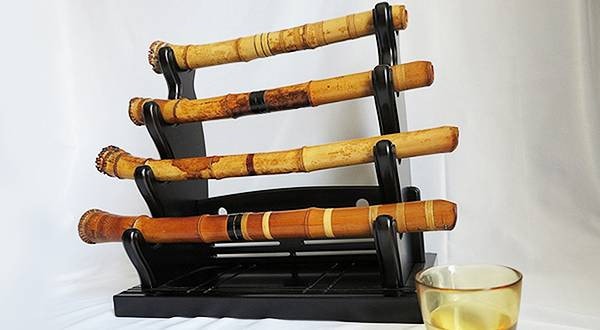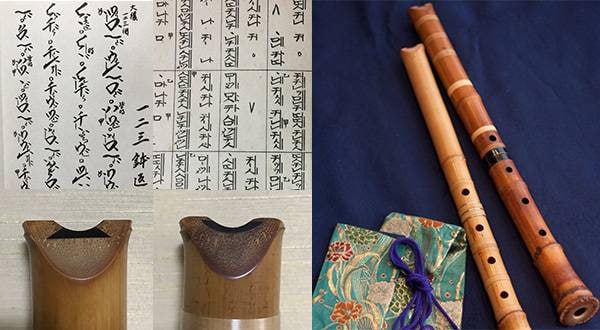The shakuhachi, like pianos, guitars, and wind instruments, also has a pitch (reference tone). When playing alone, you don't have to be concerned about it too much about it, but when you play with a koto, shamisen, piano or guitar, you need to be able to hear the pitch and adjust it when necessary. Also, the process for adjusting the pitch of the shakuhachi is unique and interesting, unlike other Western instruments. This time, I would like to talk about the shakuhachi pitch.
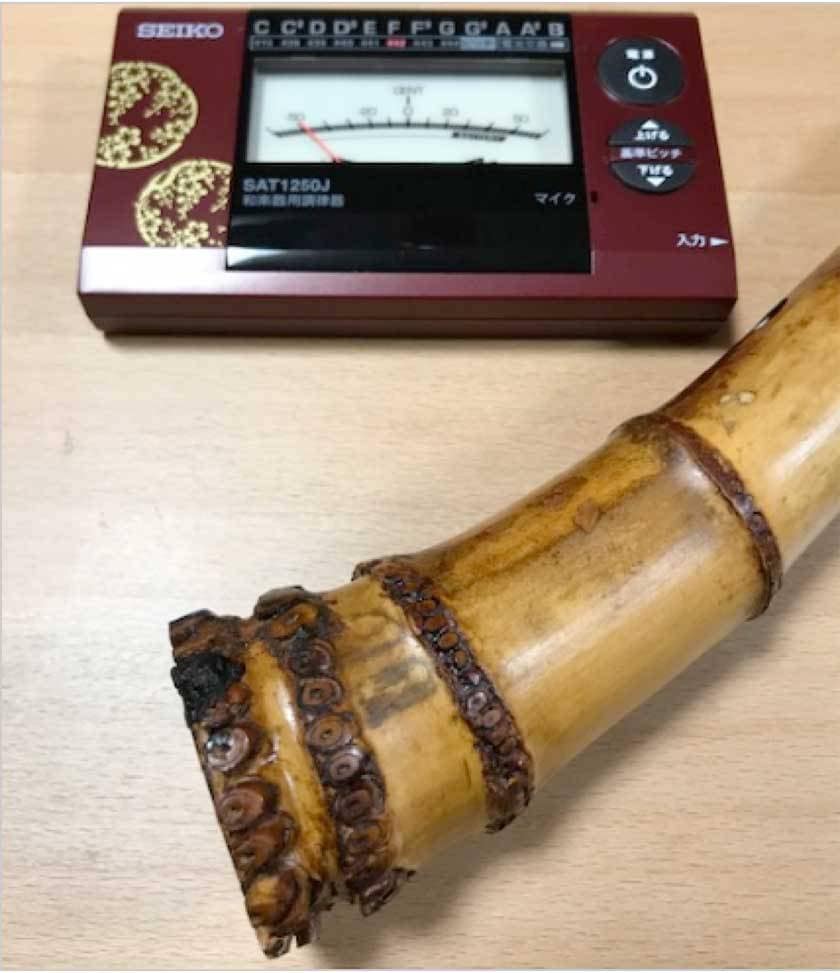
~Shakuhachi pitch is "442Hz"~
Most shakuhachi produced today are tuned at "A=442Hz". So, if you use the correct posture and blow with a stable breath, it should be "easy to produce the A=442Hz sound". A guitar is said to be tuned to 440 Hz, and a piano is tuned to 442 Hz, and so on. Generally, the sound gets brighter as you raise the pitch. As with other wind instruments, the shakuhachi pitch is affected by environmental changes such as temperature and humidity. But with 442 Hz as a reference, changes in the amount of breath and the angle at which it is played are enough for fine adjustments. However, some shakuhachi made in the early Taisho and early Showa periods are tuned lower, to 430~438Hz. With these, it is important to be careful when performing in an ensemble.
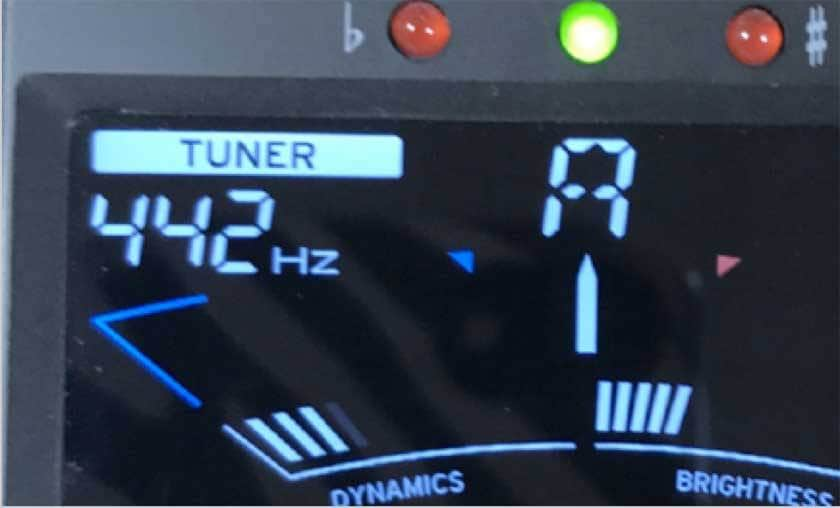
~Standard pitch of the Japanese music world~
In European orchestras, some go as high as 444Hz-446Hz, but generally speaking, 442Hz seems to be the mainstream. In the Japanese music world of koto, shamisen, and so on, 442Hz is also the mainstream. In a concert that I took part in the other day, I went to the koto and shamisen teachers’ waiting room. We would play together in the morning, and we had a discussion: "How’s the condition of the bamboo?" "Let's go with 442 today." So, I was asked to tune at 442Hz. Often, consideration of the temperature and humidity of the performance hall, the physical condition of the performer himself, the condition and balance of each instrument, it is decided that the standard pitch should be 441 Hz one day, 443 Hz another, and so on.
~Can you change the pitch while playing?~
You can fine-tune the pitch while playing by changing the angle at which the bamboo hits your chin, changing the shape of your lips, and the volume of your breath. The shakuhachi can be said to be easier to carry out pitch adjustment than tuning the koto and shamisen, which need to be physically tuned.
Koto ⇒ Change the position of the pillar
Shamisen ⇒ turn the bobbin
Shakuhachi ⇒ Change the angle and blowing style
① Changing the angle
Raise the shakuhachi upwards to lower the pitch, and lower it to increase the angle to raise the pitch. In Shakuhachi terms, lifting is called "Meri", and lowering is called "Kari". Following that: "If the sound is a little low, blow it with a little more potency to increase the pitch".
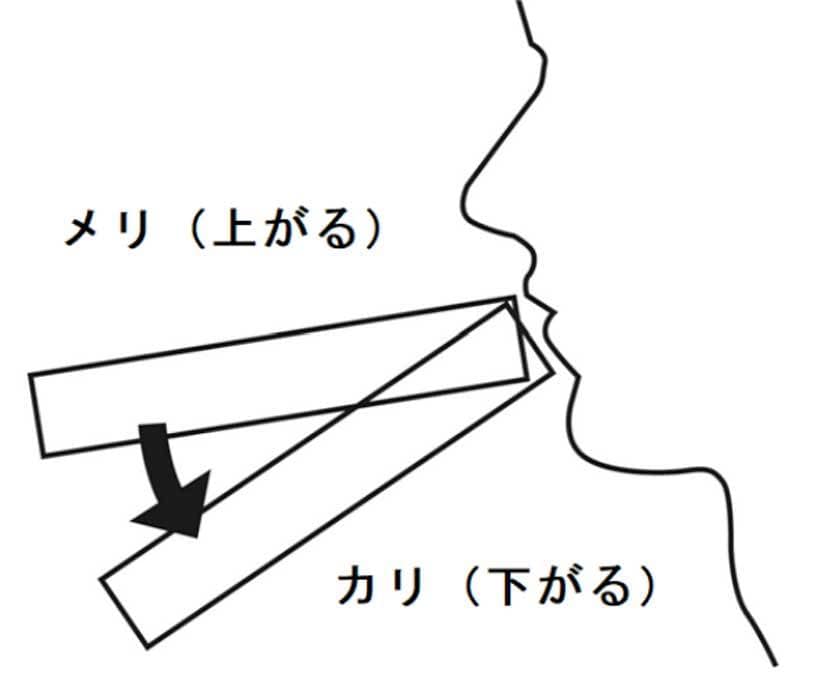
② Changing the shape of the lips
If you pucker your lips slightly, shorten the distance from the mouth and blow slowly ⇒ The sound drops
If you spread your lips a little to the side to increase the distance from the mouth and blow with more strength ⇒ The sound rises
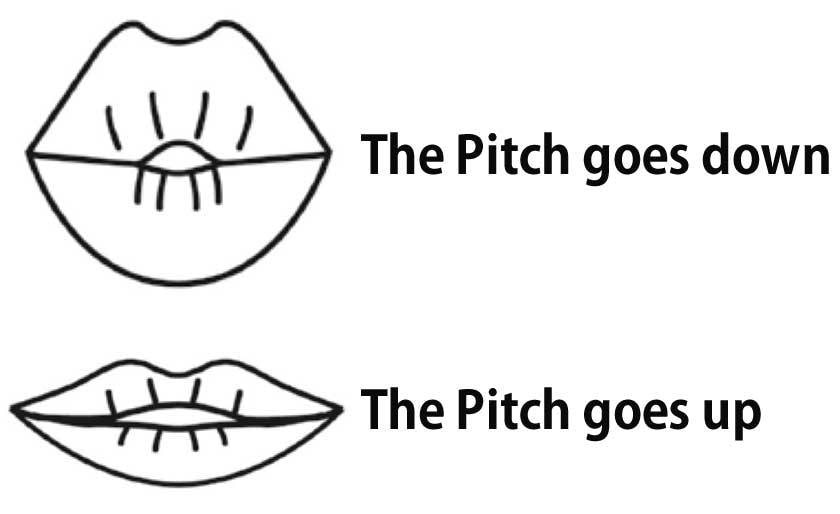
The most effective way of changing the pitch is to change the angle. But some professional shakuhachi performers can adjust the pitch simply by changing the shape of their lips and the strength of their breath without having to change the angle.
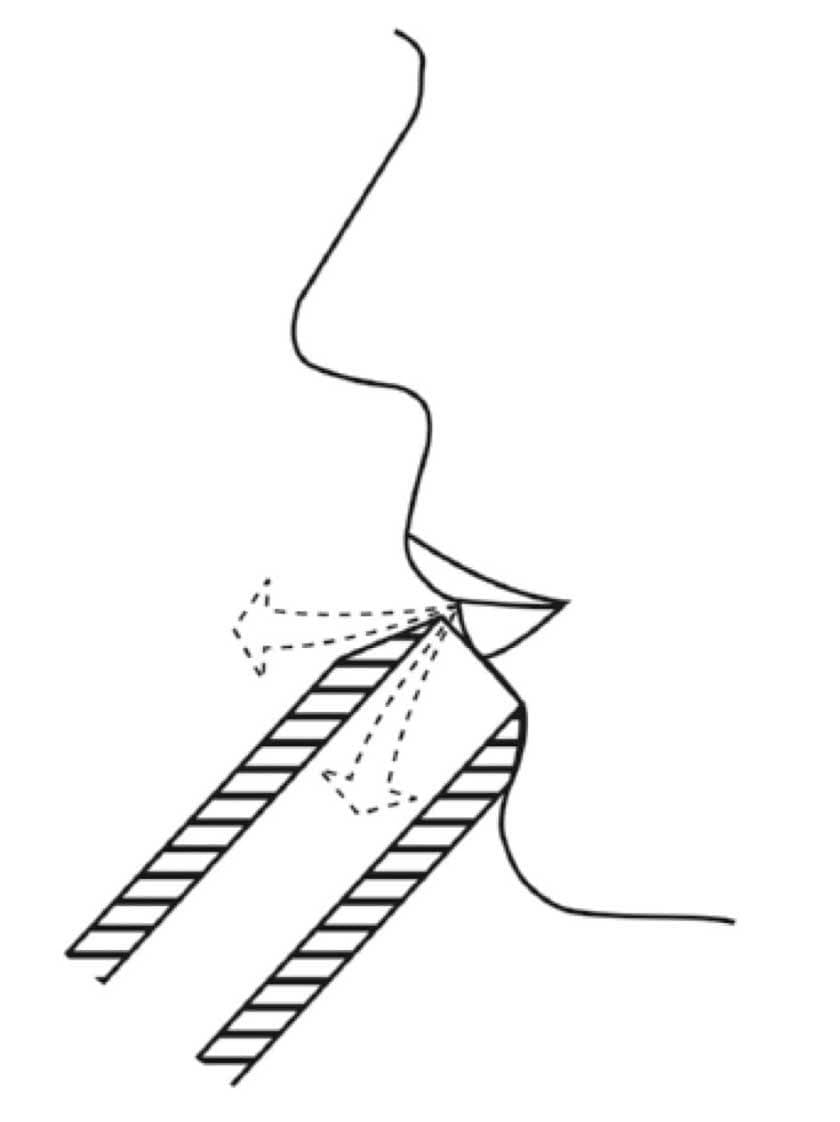
~Recommended tuner~
Beginners should first learn to produce the reference tone using a tuner. Be sure to check the angle when holding the shakuhachi, the feel of the bamboo on the chin, the position of the hand, the shape of the lips, and so on before starting a performance. It is also recommended that you practice while looking in the mirror and watching your form and posture. However, it's not good to rely too much on a tuner. I think it's important to "train your ears" so that you can listen to your surroundings and adjust the pitch accordingly.
SEIKO / SAT1250JP Tuner for Japanese instruments
Beginners should first learn to produce the reference tone using a tuner. Be sure to check the angle when holding the shakuhachi, the feel of the bamboo on the chin, the position of the hand, the shape of the lips, and so on before starting a performance. It is also recommended that you practice while looking in the mirror and watching your form and posture. However, it's not good to rely too much on a tuner. I think it's important to "train your ears" so that you can listen to your surroundings and adjust the pitch accordingly.





